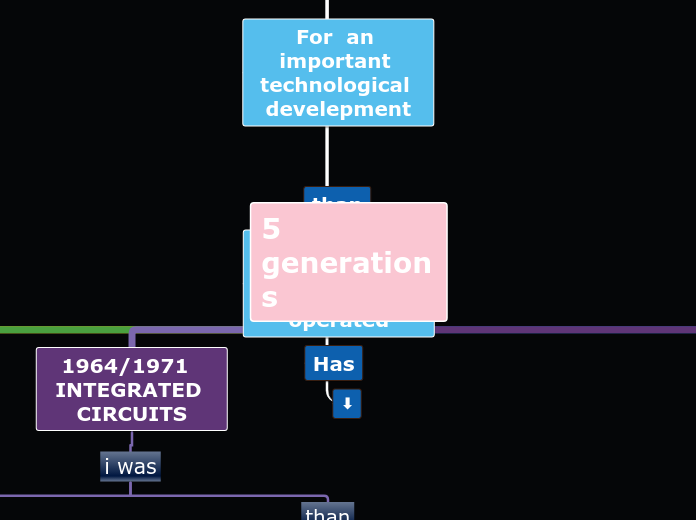par William Stewart Il y a 12 années
331
Music tech timeline
The history of music technology is marked by significant advancements that have transformed how music is created, recorded, and consumed. The introduction of MIDI in 1983 revolutionized electronic music by enabling various devices to communicate and synchronize.









